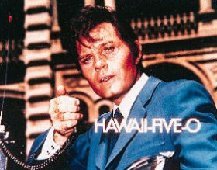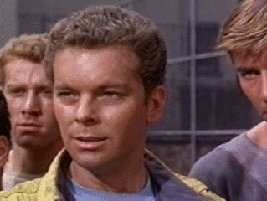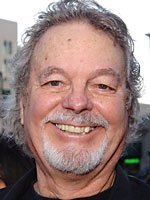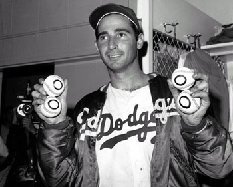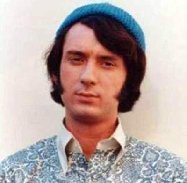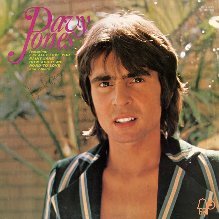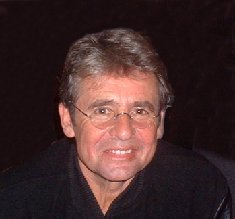A shopping cart (American English), trolley (British English, Australian English), or buggy (Southern American English, Appalachian English), also known by a variety of other names, is a wheeled cart supplied by a shop or store, especially supermarkets, for use by customers inside the premises for transport of merchandise as they move around the premises, while shopping, prior to heading to the checkout counter, cashiers or tills. Increasing the amount of goods a shopper can collect increases the quantities they are likely to purchase in a single trip, boosting store profitability.
In many cases customers can then also use the cart to transport their purchased goods to their vehicles, but some carts are designed to prevent them from leaving either the store or the designated parking area by magnetically locking the wheels. In many places in the United States, Canada and the United Kingdom, customers are encouraged to leave the carts in designated areas within the parking lot, and store employees will return the carts to the entrances. In some areas carts are connected by locking mechanisms that require the insertion of a coin or token to release an individual cart. Returning the cart to its designated area releases the coin to the customer.
Studies have shown that it is advisable for shoppers to sanitize the handles and basket areas prior to handling them or filling them with groceries due to high levels of bacteria that typically live on shopping carts. This is due to the carts having a high level of exposure to the skin flora of previous users.
One of the first shopping carts was introduced on June 4, 1937, the invention of Sylvan Goldman, owner of the Humpty Dumpty supermarket chain in Oklahoma. One night, in 1936, Goldman sat in his office wondering how customers might move more groceries. He found a wooden folding chair and put a basket on the seat and wheels on the legs. Goldman and one of his employees, a mechanic named Fred Young, began tinkering. Their first shopping cart was a metal frame that held two wire baskets. Since they were inspired by the folding chair, Goldman called his carts "folding basket carriers". Another mechanic, Arthur Kosted, developed a method to mass-produce the carts by inventing an assembly line capable of forming and welding the wire. The cart was awarded patent number 2,196,914 on April 9, 1940 (Filing date: March 14, 1938), titled, "Folding Basket Carriage for Self-Service Stores". They advertised the invention as part of a new “No Basket Carrying Plan." Goldman had already pioneered self-serve stores and carts were part of the self-serve retail concept.
Another shopping cart innovator was Orla Watson, who invented the swinging rear door to allow for "nesting" in 1946. Orla Watson continued to make modifications to his original design. Advice from his trusted business partners Fred Taylor, a grocery store owner in Kansas City, and George O'Donnell, a grocery store refrigeration salesman, and the incorporation of Watson's swinging door yielded the familiar nesting cart that we see today using the "double-decker" approach. Goldman patented a similar version of the cart with only one basket rather than the double-decker feature, which he called the "Nest-Kart" in 1948, over one year after Watson filed for his patent. The Nest-Kart incorporated the same nesting mechanism present on the shopping carts designed by Watson, and an interference investigation was ordered by Telescope Carts, Inc. alleging infringement of the patent in 1948. After a protracted legal battle, Goldman ultimately recognized Watson's invention and paid one dollar in damages for counterfeit, in exchange for which Watson granted Goldman an exclusive operating license (apart from the three licenses that had already been granted).
In 2012, a driverless shopping cart was made by Chaotic Moon Labs. The device, called "Project Sk8" or "Smarter Cart" was basically a cart fitted with Windows Kinect (to detect obstacles), and an electric drivetrain, and used in conjunction with a Windows 8 tablet. For smaller stores, shopping baskets with wheels can be used either as a large basket or a small cart. These carts are designed for indoor use only.
In 2017, a mobile device shelf was added to shopping carts at Target stores to support the digital in-store shopping experience. The shelf was invented and designed by Nick Dyer, an employee of Target from 2011 - 2015.
- 3 tablespoons butter
- 8 ounces fresh mushrooms, sliced
- 1 (10-3/4-ounce) can cream of chicken soup
- 1/2 cup milk
- 1/2 teaspoon salt
- 1/4 teaspoon black pepper
- 2 cups chunked cooked chicken (about 2 boneless, skinless chicken breasts)
- 1 cup frozen green peas, thawed
- 1 (2-ounce) jar diced pimientos, drained
- In a large skillet over medium heat, melt butter; saute mushrooms 4 to 5 minutes, or until tender. Add soup, milk, salt, pepper, and chicken; mix well and cook 3 to 4 minutes, or until hot.
- Stir in peas and pimientos and continue cooking 5 to 7 minutes, or until warmed through.
****Serve over warm cooked egg noodles or buttermilk biscuits.
1943 – Sir Ben Kingsley, English actor
HOW TO OBSERVE
- Host a party to ring in the New Year
- Set some achievable goals
- If you can’t be at a celebration, watch one live on television
- Have a game night with your family and see who lasts until midnight
- Go for a midnight run
- Attend a concert that goes past midnight
- Go ice-skating at a nearby park or indoor rink
- Kiss your spouse or significant other at midnight
- Enjoy a quiet evening at home journaling
- Think about what you can do to make next year the best one of your life
NEW YEAR’S EVE HISTORY
Genuine champagne only comes from France’s Champagne region. French law protects where and how it is made. With some exceptions, only Champagne made according to set specifications and within the French region may label their wines using the term “Champagne.” Other foods and beverages fall under this type of protection in France and other parts of the world.
Champagne, France, is located northeast of Paris and provides ideal temperature and soil to produce the grapes required for Champagne. French law allows only eight varieties of grapes for the production of Champagne in the Champagne region. Primarily, the three grapes used to create Champagne are Chardonnay, Pinot Noir, and Pinot Meunier.
Unlike other wines, Champagne ferments in the bottle allowing the vintner to trap the CO2 in the bottle. The bubbles give Champagne its effervescence.
While Champagne can be spendy, if you are looking for a little pop on New Year’s Eve, other varieties of sparkling wine are available from Italy, California, and even the South of France. They offer a sparkle that won’t put a fizzle in your pocketbook. Then again, some New Years mean an opportunity for splurging and celebrating no matter the expense.






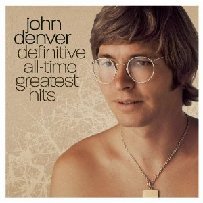
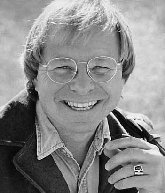



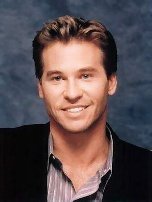
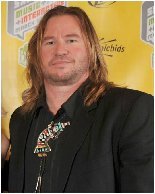
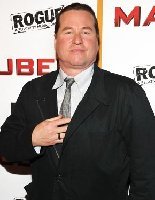
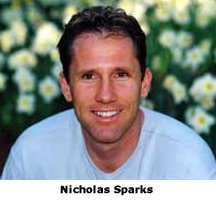





.jpg)
.jpg)


